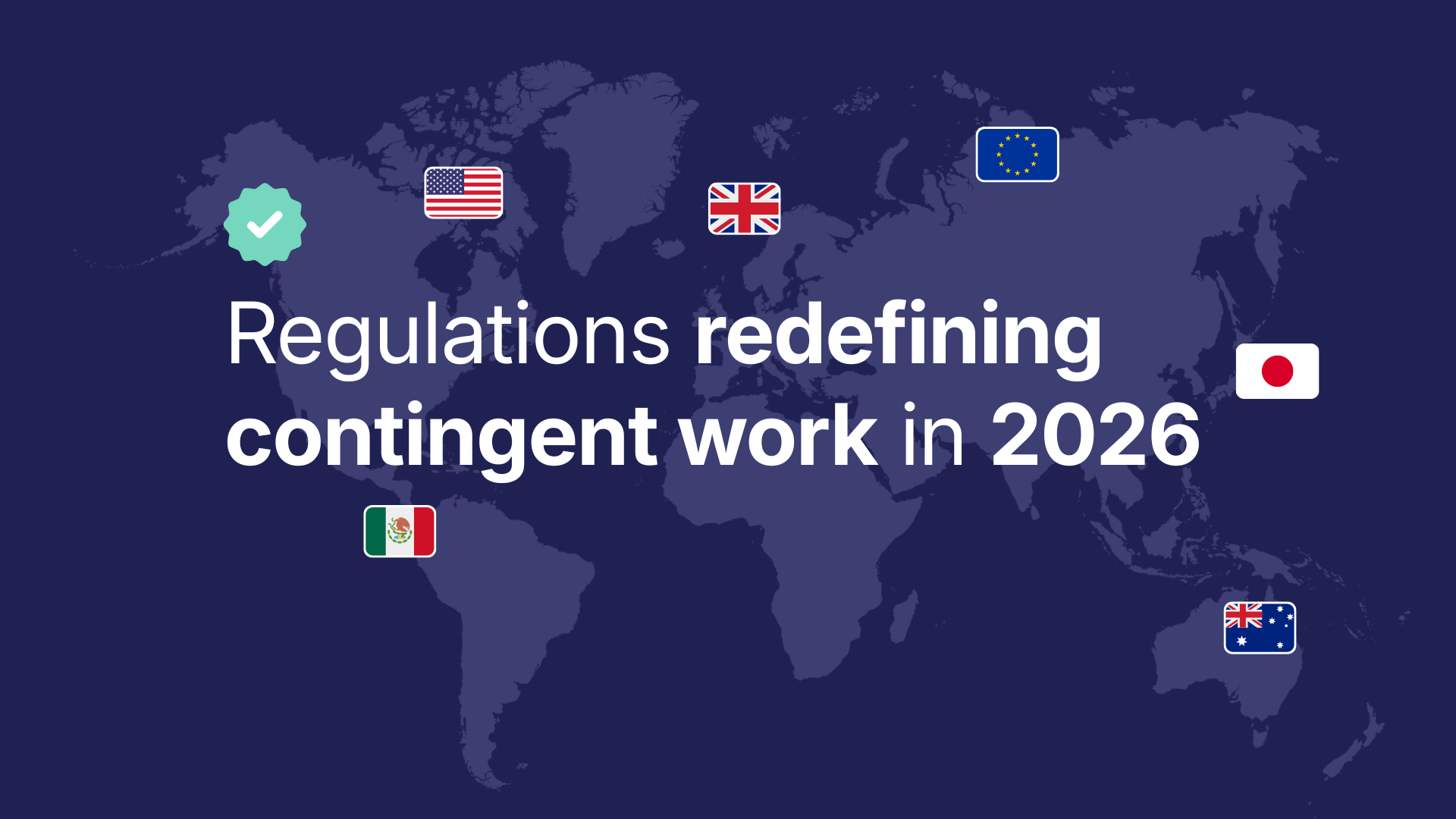Our very own, Roland Rosevear, Director - Partnerships & Enterprise Development, attended and spoke at the #truBySea - Brighton - The recruitment unconference on Thursday 23rd January. Here are his takeaways:
We wanted to discuss whether Talent Acquisition should be sourcing the total workforce or should they just stick to hiring permanent employees? Where does talent acquisition start and where does procurement end?
We started off the session discussing some of the key influencing factors that have been responsible for changing how work gets done today:
Development of technology
- Remote collaboration has become much easier with developments in unified communications and stand-alone sharing and messaging platforms.
- Monitoring real-time performance has also become much easier and accurate with a number of new data and analytic solutions.
- 24/7 connectivity anywhere is becoming a reality with the development of cloud technologies, 4/5G rollouts and fibre networks.
- Connecting with talent and customers has been made easier with the development of social networks and freelance market places such as YunoJuno.
Cultural shift in how we manage
- Leadership styles are changing to focus more on outcomes and deliverables rather than micromanaging inputs.
- The availability of more real time performance data has also meant less need for constant updates to your managers.
Shift in power from the hirer to top talent
The shortage of top talent has given talent more influence over:
- What work they do - Move towards work with purpose and to work for companies that share similar values.
- How they do the work - Having influence over what tools and methodologies they adopt to complete the work.
- When the work is done - Giving flexibility about when they put in the time.
- Where they work - Not having a fixed requirement to work in the office.
Social changes
- With greater equality in the workplace, we’ve seen an increase in both parents opting to work and have meaningful careers, while being great parents. I know a great attraction to YunoJuno for me, was the ability to have a more flexible approach to work, meaning I can play a more active role in the week with my kids and allow my wife to pick her career up again.
- It’s not just parents though, as younger generations also want greater flexibility, as the lines between work and life blur and balance is found between putting your heart and soul into your career while still living a fulfilling personal life.

These changes have all contributed to a shift in the way companies engage with talent and now when a requirement for work arises we have different options of how it gets done:
- Onsite/remote position
- Full-time permanent
- Part-time permanent
- Fixed-term contract
- Contract day/hourly rate - Inside/outside IR35
- Freelance day/hourly rate - Inside/outside IR35
- Crowdsourced work
- Global distributed networks
- Statement of Work - Individual
- Statement of Work - Team
- Managed Services
The shift to utilising more of these different channels is a trend that’s set to continue. Data from Staffing Industry Analysts states, that over the next 10 years, 42% of those surveyed expected to see an increase in their use of contingent workers sourced via either online marketplaces or private talent pools of known freelance contractors. 42% also expected an increase in their use of Statement of Work contracts.
The question is, can the Talent Acquisition function become talent agnostic and focus on ensuring the right talent is sourced, at the right time, in a compliant manner, regardless of the channel? Or should it be focused on permanent headcount?
Can the Talent Acquisition function become talent agnostic…?
Others felt that it’s certainly the direction to go in, though it forms part of a wider challenge of how the function is perceived in the business. To be involved at a more strategic level would require a change in culture and a significant increase in investment to develop the resources and knowledge to deliver a shift in approach.
Then there were others that were already adopting a similar approach, though in a smaller agile scale-up business. In this instance, looking at things such as SoW had elevated the perception of Talent Acquisition considerably and enabled critical PoC’s to be built in a way that wouldn’t have been possible by relying on permanent headcount or traditional contractors.
One thing was for sure, especially in larger businesses, if Talent Acquisition does take a total talent approach, it's a complex task that requires extensive collaboration with the business, procurement and HR. The success of the programme will be closely linked to having the right technology, the right suppliers and the support from the top or it could just end up in a mess!
As part of the YunoJuno service, you have access to the Talent Team. Consisting of industry recruiters, not only can they help you find the perfect freelancer, they can help with the end to end process of writing and posting your brief.







